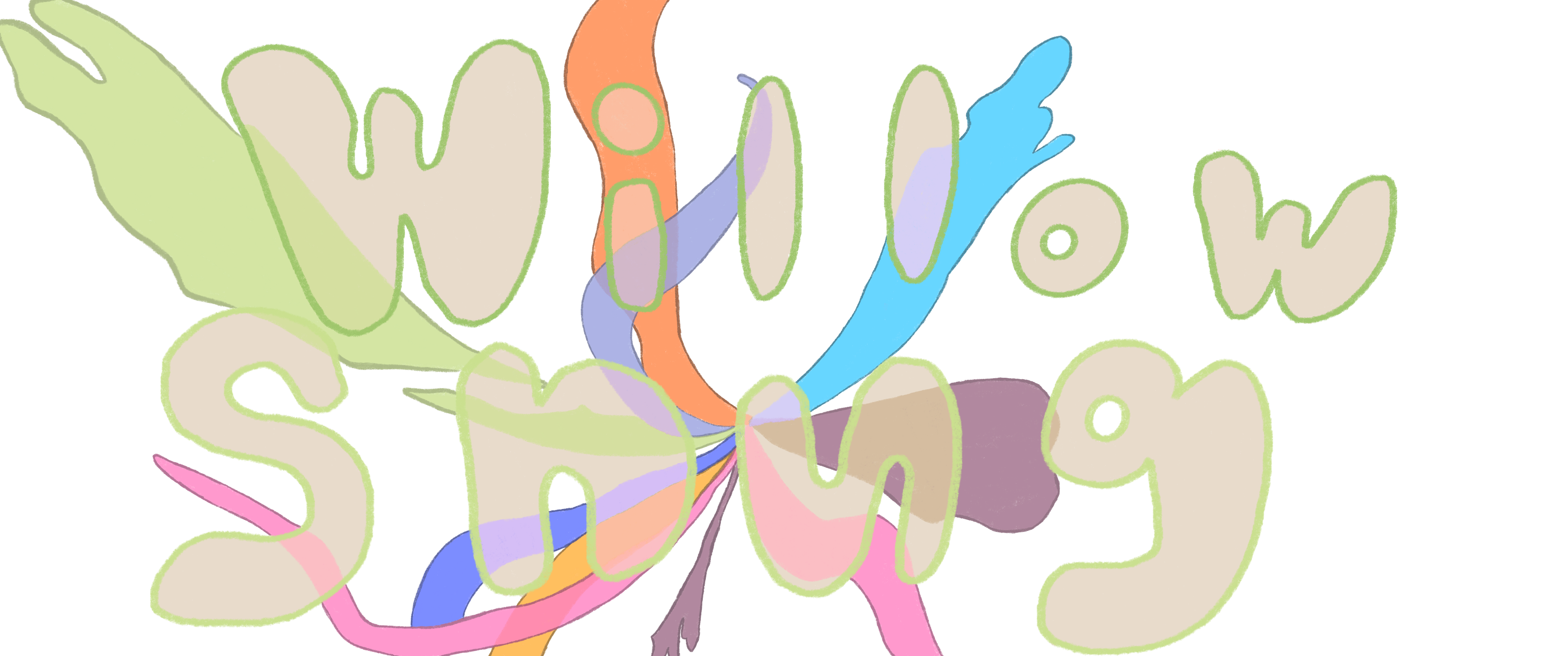what makes a good villain (or, villainy 101)

Whether you love them or hate them, a villain is one of the most important elements in a good story. So it makes sense that they’re normally pretty subpar.
• Motive
A villain’s motivation is one of the most common wasted potentials. Their motives are often embarrassingly vague, considering that it’s key to their character and to the plot. Well-done motivation ties in with a villain’s origin, and often isn’t as black and white as being evil for evil’s sake. People do bad things for good reasons and good things for bad reasons.
But movies are just like, “Oh, he likes shooting people because he’s Bad.” Mmmkay.
• Origin
Villain origin stories are almost (almost) always more interesting than a hero’s. Mainly because their stories have more room for edginess and tragedy. Sad backstories can do a lot to add in some sympathy and understanding for even the worst characters. They don’t (or shouldn’t) act as excuses, but origins can be explanations for how villains become the people that they are.
Another really fun thing is having the character who you think is a good guy slowly go through a downward spiral to become a villain. Seeing the origin happen live-time, whether you already know that they’ll end up as a bad guy or not, is a super cool study in morals and psychology. Or at least it is to me.
(But it’s also worth noting that the whole downward spiral thing can’t just pop up out of nowhere. There is such a thing as character consistency.)
• Appearance
Villains also have a leg-up on heroes as far as costume coolness levels. Mainly because they can wear black and they dress to intimidate. Top looks include: Darth Vader (oddly-shaped helmets that cover the face are g o o d), Loki (leather is also good), the Death Eaters (the silvery masks are a nice touch), and the Beldam from Coraline (I watched the rest of the movie and yikes—this is supposed to be for children.)
A notable deviation from the all-black intimidation approach is The Joker (though dressing like a clown is honestly freakier than any of the dramatic goths above.)
• Code of Conduct
Another thing that often gets ignored: the villain’s code of conduct. Some villains are willing to do absolutely anything to get what they want. Some villains do absolutely anything simply for fun. But everyone has rules, no matter how eccentric, and there’s certain things that people never do and certain things that they always do, and these aren’t always as uniform as they should be in canon.
Their code of conduct really goes back to their origin and their motive, what they’re willing to risk in order to reach their goal.
• Henchmen
Henchmen are normally really dumb. So I guess I mean team? Or sidekicks? Lots of villains work alone (and lots of heroes work alone), so it’s interesting to see how bad guys work when they’re in groups.
Most of the time the main villain that we’re focusing on is the leader of their evil squad, but sometimes they’re following orders or even the weakest link of the group. Regardless, how a person acts around their peers or workers or boss gives a lot of insight into their character. Villains in teams can help give a new perspective.
• Evil Lair
Lairs are the best. They’re completely necessary to store vehicles, weapons, hacking tech, and twenty variations of the same awesome outfit. The best lairs contain maximum darkness, water features, jagged, minimalistic surfaces, and creepy animals, like bats—
Okay, the ideal villain lair is the Batcave.
• Weapons
Villains rarely fight with their bare hands. Sometimes they use conventional weapons like guns or knives, other times they use something more unique, like broadswords or obscure poisons.
The weapon should fit the villain. In fantasy, they’re more likely to be using dark magic. In sci-fi, they may be using robots or computer viruses. But inverting expectations can also be pretty cool.
• Catchphrases
This is one of the most overlooked elements of a villain, and arguably the least important. But I really like catchphrases, so it made the list.



chrisblystone
What is funny is that it is almost important to stay somewhat vague with villains unless you are a very skilled writer. It is far easier to polarize your audience’s perspective on a character than to flesh them out fully and hope your readers don’t find themselves sympathizing with the villain. It has always been one of the things that makes Magneto one of the most compelling villains. You understand why he is the way he is, but because his story is well written, you can disagree with his conclusions and actions as a result of them.
In terms of an excellent look at the degradation of a character, I would encourage you to watch the show “Smallville.” It was a show on what is now the CW during the early 2000s about Superman, but really about Clark Kent in high school. Some of it is absurd, as the guy who plays Clark, Tom Welling, is clearly almost 30 and looks like a male model, not an awkward freshman in high school, but still.
The crux of the show is that it has Clark meet Lex Luthor and save him in the first episode. He and Lex become friends, and the remainder of the show is the slow degradation of their friendship and Lex’s descent into villainy. Michael Rosenbaum as Lex is still my most favorite portrayal of the character and this show is about the only version of Superman I like very much. Worth checking out if you can find it!
Yo Momma
Clowns are WAY creepy. Pennywise ruined clowns for me a LONG time ago. Still gives me chills just thinking about it! It doesn’t help he lives in the sewer…
John Batronis
Two words: maniacal laugh!!!